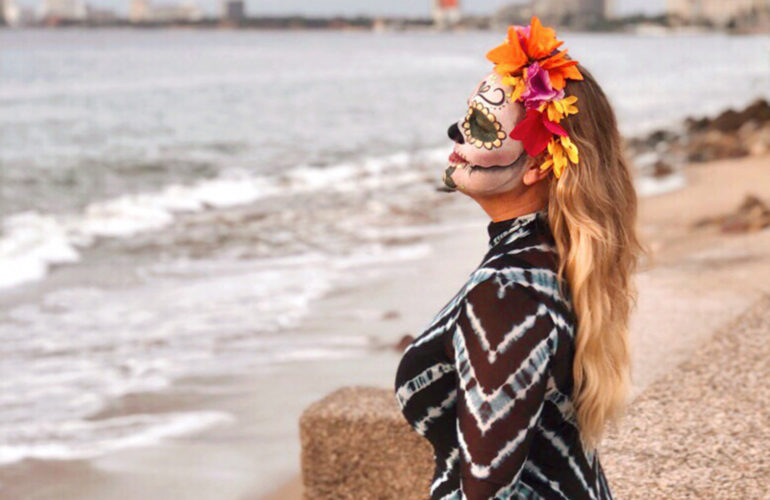The thunder of drums is reverberating through Puerto Vallarta’s downtown and parade participants in bright colors and skeletal face paint are dancing and marching and twirling along the parade route. It’s Día De Los Muertos: The theme is death, yes, but the celebration is exuberant. It’s in this moment that I feel joy and grief — which I never imagined could co-exist — harmoniously melt into one powerful emotion.
I traveled to Mexico this November with a mission: I wanted to become better at grieving. I knew I needed a new approach for handling this loaded emotion.
My dad, who I considered to be my best friend, died of brain cancer in 2010. After his funeral, I’ve continued to grieve, but have done so in such a restrained manner, almost as if I have been making private appointments to interact with my grief. I’ve tucked away photos and mementos of my dad, fearing they would be too painful to look at on a daily basis. I’d pull out photo albums — to sob over in private — on special dates like Father’s Day or the anniversary of his death. Grieving this way, though, has felt like the emotional equivalent of a bottle of soda that’s been shook up and that explodes once the cap is twisted open.
Perhaps the antithesis to this method of grieving is the spirit of Día De Los Muertos, which, for years, has been a celebration that’s piqued my curiosity. I’ve admired, from afar, the idea that by intentionally honoring and remembering loved ones, and unabashedly embracing grief, you keep those who have died close to you.
To learn more about the holiday, and to shift my own perspectives on grief, I spent three nights in Puerto Vallarta and was humbled by the openness of Mexicans as they share this holiday and their culture with tourists like myself. I experienced authentic Day of the Dead celebrations at my hotel, Marriott Puerto Vallarta, where I also had my face painted like a Catrina and learned the ins and outs of traditions. I also celebrated along the parade route, which stretched from a local cemetery to the Malecón, the boardwalk in the city’s downtown where the festivities culminated at sunset.
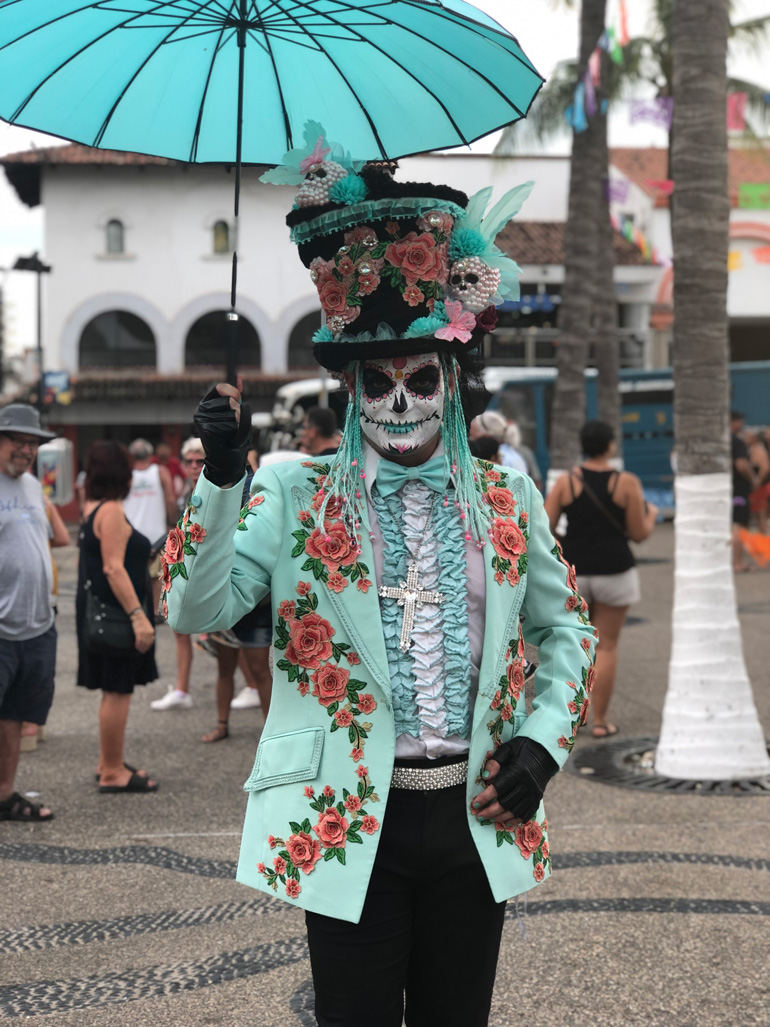
Celebrating Día De Los Muertos
At my hotel, in an outdoor pavilion with Banderas Bay and the Sierra Madre Mountains as a backdrop, staff members built altars to honor those who have passed away — some for family members, others for celebrities or well-known historical figures like artist Frida Kahlo.
The altars have some commonalities; for instance, each is surrounded by candles or lights, helping to guide loved ones back to this world for the celebration, Elsa Perez, director of sales marketing for Marriott Puerto Vallarta, explains to me. Then, the altars deviate and become more personal, with photos of the deceased and some of their favorite possessions, drinks, or food items.
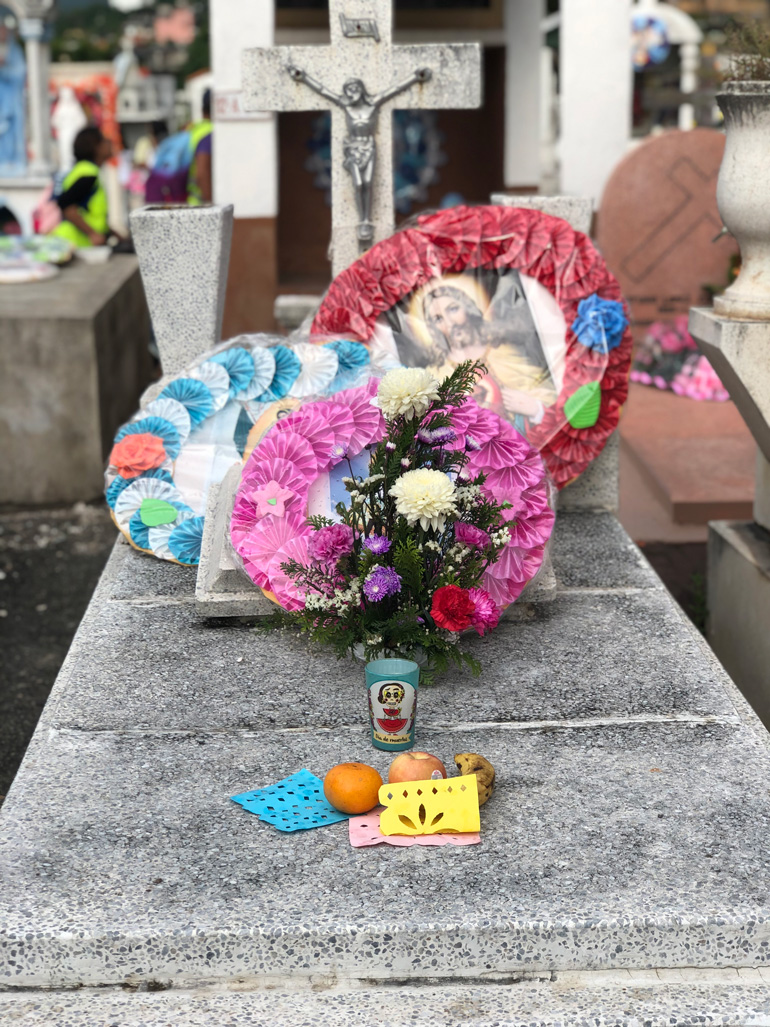
In Perez’s home, for example, there’s rum left out for one deceased grandparent, and a chocolate drink for another family member.
“We’re happy on this day because they are coming to visit us,” Perez tells me. “Wherever they are coming from — and we hope they’re in a beautiful place — they get to come be with us.”
At these altars, gifts are brought; the deceased’s favorite music may be played; stories are swapped. It’s a party that’s thrown, year after year, to honor the deceased. This strikes me as beautiful.
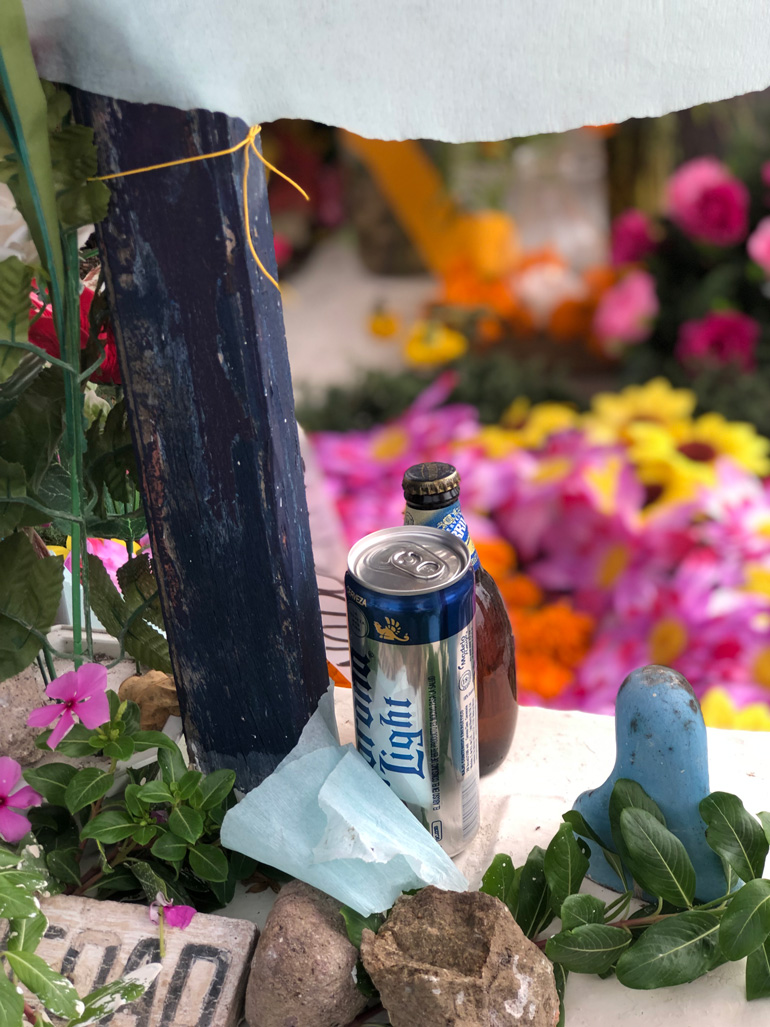
In the days after my own father passed away, I felt as if I were in a bubble, insulated with love from family and friends. Memories were shared about how my dad played driveway basketball games with the kids in the neighborhood every weekend and how he’d sign each and every text message he sent to me (no matter how brief) “love, dad.” I heard from his co-workers about how he championed human rights and labor causes at work. But then his funeral came, and it felt like a final chapter, as if it were the epilogue to his life. In the days and years that followed, my grief began to bottle up and I felt further from my father.
During the Day of the Dead celebrations, I imagined what my own dad’s altar would look like. Johnny Cash would play. A glass of syrah would be poured. Golf balls would be set out. Maybe there’d be a hair pick, too, for those thick curls he maintained before chemo and radiation thinned them out.
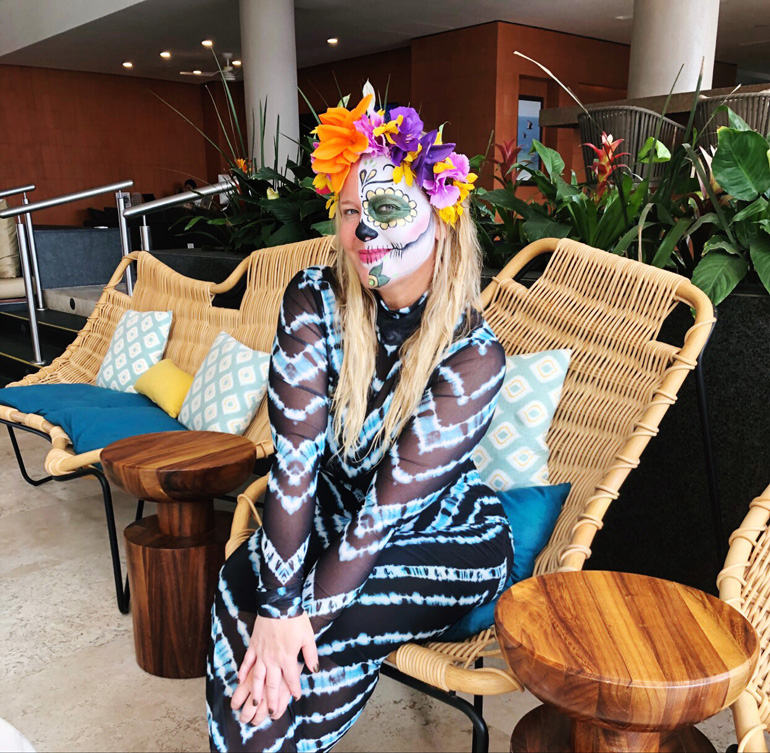
Rethinking How We Grieve
Back in Chicago, Vanessa Alvarez wants to share Mexican traditions with the community. For Day of the Dead, for example, Alvarez organized a sugar skull painting class event at her cousin’s candy store, Aras Dulce Michoacán — and, as a marketing professional with 312 Aligned, she’s looking to host similar cultural events in the future.
After Alvarez’s own mother passed away from cancer six years ago, an altar in her home aided her grief. Her mother, Lupe Alvarez, immigrated to Chicago from Ciudad Hidalgo, Mexico, and worked tirelessly at a couple dozen jobs — as a nanny, dry cleaner, in factories — so she could afford to send her children to private schools. She was feisty, Alvarez says. Jewelry, a tequila sunrise, and Juan Gabriel albums were all elements of the altar she built for her mother.
Day of the Dead, Alvarez explains, hones in on the idea that those we have lost are not gone unless they are forgotten.
“The concept is that people continue to live their legacy based on how we remember them,” Alvarez says.
And, grief experts say that this could be a key to healthy grieving.
In American culture, when it comes to death and mourning, we often encourage people to move on, explains grief coach Sarah Shaoul.
“This is in part why Americans get knocked so far off balance when death occurs,” she explains. “Ignoring our grief and burying it creates other health problems, including anxiety and other mental health issues.”
On the contrary, the celebratory rituals accompanying Día De Los Muertos, she explains, anchor our grief so that we acknowledge it, rather than run from it.
“When we acknowledge intense emotions like grief, we can better heal with it,” Shaoul, the podcast host of “Grief Gratitude & Greatness” tells me. “We feel our pain rather than reject it and that creates a much healthier mental health outcome.”
This also allows us to adopt a healthier perspective on death and dying, Shaoul explains.
In my own experience, after reflecting on the Día De Los Muertos celebrations, I’ve felt more comfortable with grief. I’ve been inspired to incorporate my father’s mementos into my home decor so that they serve as altars of sorts to keep him present in my day-to-day life. But, the holiday also nudged me to reach out to some of my friends and family members and share with them the memories I have of their loved ones who have passed away. One of the most important lessons Día De Los Muertos taught me is that grieving is communal, and that sharing memories, beyond the funeral, makes our loved ones feel present.
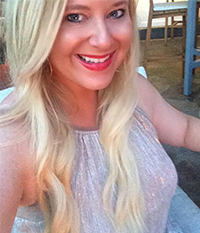 Brittany Anas is a freelance writer who specializes in health, fitness, and travel writing. She also contributes to Men’s Journal, Women’s Health, Trip Savvy, Simplemost, Orbitz, and Eat This, Not That! She spent a decade working at daily newspapers, including The Denver Post and the Daily Camera in Boulder, Colorado, and she is a former federal background investigator. In her free time, Brittany enjoys hiking with her gremlin-pot belly pig mix that the rescue described as a “Boston Terrier” and coaching youth basketball. She also works with domestic abuse survivors, helping them regain financial stability through career coaching. Follower her on Twitter and Instagram.
Brittany Anas is a freelance writer who specializes in health, fitness, and travel writing. She also contributes to Men’s Journal, Women’s Health, Trip Savvy, Simplemost, Orbitz, and Eat This, Not That! She spent a decade working at daily newspapers, including The Denver Post and the Daily Camera in Boulder, Colorado, and she is a former federal background investigator. In her free time, Brittany enjoys hiking with her gremlin-pot belly pig mix that the rescue described as a “Boston Terrier” and coaching youth basketball. She also works with domestic abuse survivors, helping them regain financial stability through career coaching. Follower her on Twitter and Instagram.
